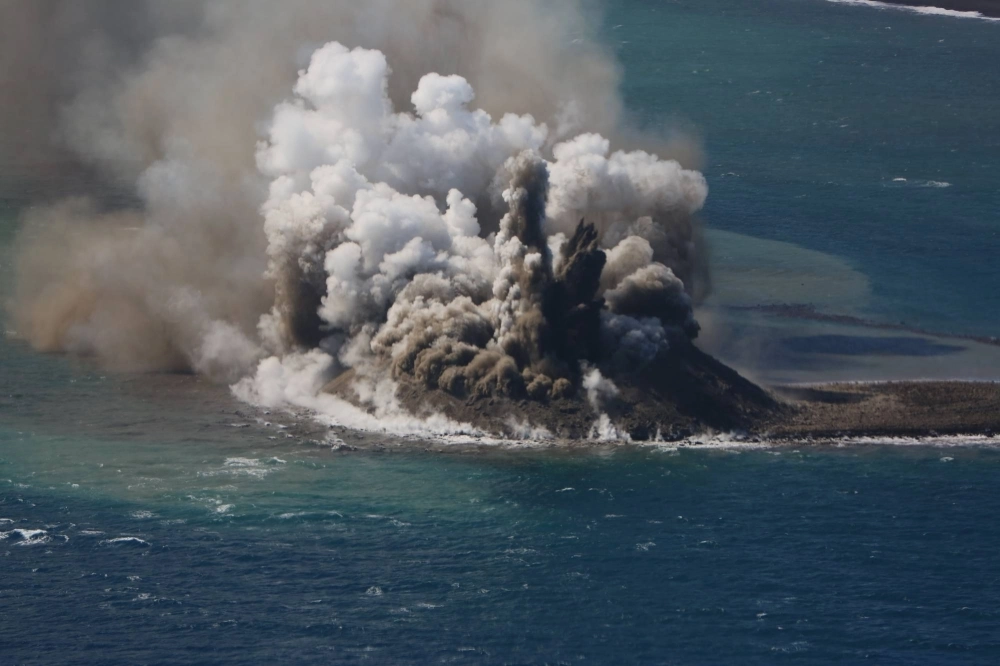A recent undersea volcanic eruption has led to the formation of a new isle off the coast of Iwo Jima, about 1,200 kilometers south of Tokyo, Japanese researchers have said.
Part of the Ogasawara Islands, the new isle consists mainly of rock masses formed north of the eruption site. It could grow larger if volcanic activity continues, according to the Earthquake Research Institute at the University of Tokyo.
Setsuya Nakada, a professor emeritus of volcanology at the University of Tokyo, said magma has been erupting underwater — known as a phreatomagmatic eruption — for some time around Iwo Jima, with the magma solidifying as rock below the surface.



















With your current subscription plan you can comment on stories. However, before writing your first comment, please create a display name in the Profile section of your subscriber account page.